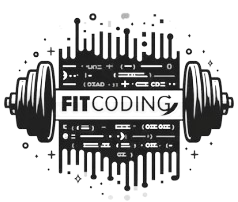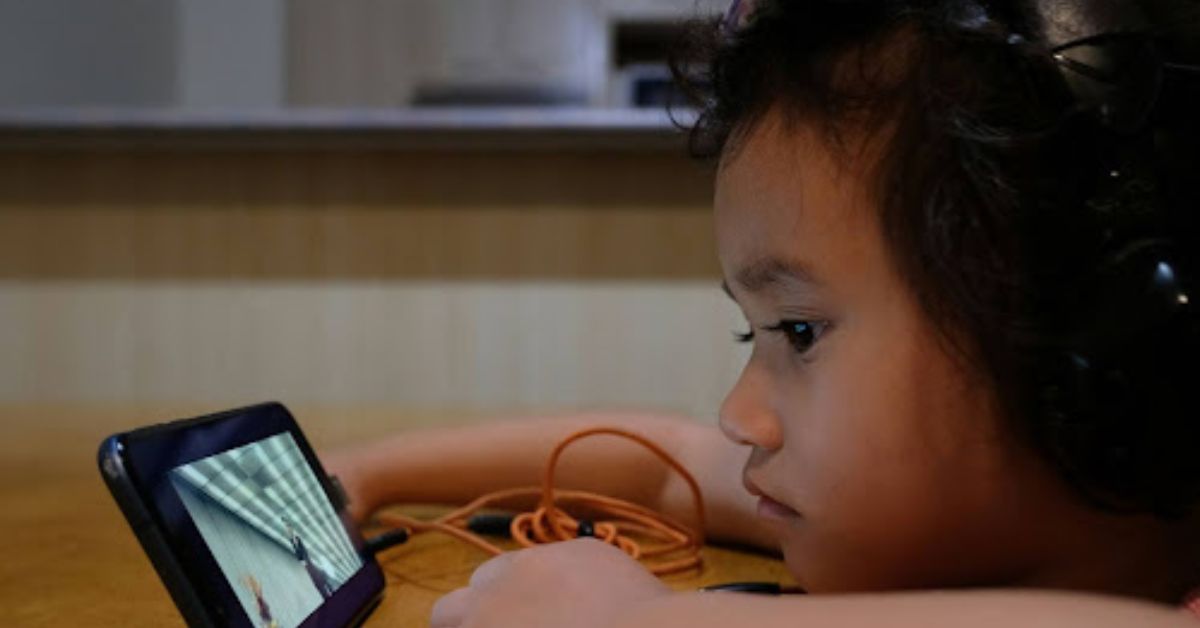Using videos for kids’ learning educational content made easy can transform how children grasp new concepts. Whether you’re a parent or educator, the right strategies can make this process both simple and effective. This article will guide you through choosing the best educational videos, their benefits, and how to seamlessly integrate them into learning routines.
The Impact of Educational Videos on Kids’ Learning
Educational videos provide an effective way to enhance kids’ learning experiences. With clear objectives, they achieve desired learning outcomes more easily than traditional methods.
These engaging videos captivate attention and make learning enjoyable, allowing kids to study at their own pace, pause, rewatch, and practice until they grasp the concepts.
This flexibility greatly improves retention and understanding, making educational videos a powerful educational medium.
Educational YouTube channels offer a wealth of engaging content that sparks curiosity and supports active engagement with new information.
Interactive elements, storytelling, and animations keep children motivated and invested in their learning journey. These videos turn learning into an exciting adventure, encouraging active participation and leading to better comprehension and increased interest in discussions.
Choosing the Best Educational YouTube Channels
With YouTube offering a vast array of educational videos, finding the right content for your child can be overwhelming. Selecting trustworthy channels that provide quality educational material and ensure safety is essential.
Parents should look for age-appropriate content, expert-created material, and engaging, interactive elements to enhance their child’s learning experience.
Curated lists can help narrow down the options, making it easier to find the best educational YouTube channels for kids.
Age-Appropriate Content
Content should align with a child’s developmental stage for effective learning. Age-appropriate videos cater to the specific needs and interests of different ages, from preschoolers to older kids. For instance, Super Simple Songs is perfect for kids above 3 years, while SciShow Kids targets grades 1-3.
Channels like Kids Learning Tube are suitable for kids above 6 years, offering content that grows with their curiosity and learning abilities. Selecting the right content helps keep young minds engaged and enhances their learning experience.
Expert-Created Content
Channels featuring expert-created content ensure your child receives accurate and reliable information. Experts bring knowledge and credibility to educational videos, making them trustworthy sources for learning.
Socratica Kids, for instance, covers essential subjects such as:
- Alphabets
- Numbers
- Arithmetic
- Science
This provides a solid educational foundation for young learners. This expert touch not only enhances the quality of the content but also ensures that your child is learning from reliable sources, helping them feel confident.
Engaging and Interactive Elements
Engaging and interactive elements keep children motivated and invested in their learning journey. These include imaginative stories:
- Storytelling
- Animations
- Hands-on activities
- Interactive components such as quizzes and polls
These elements stimulate curiosity, enhance retention of knowledge, and encourage active participation, allowing kids who are interested to delve deeper into the content and explore their creativity.
By incorporating these elements, educational videos transform learning into a fun and immersive experience, making it easier for children to grasp and remember new concepts.
Top Educational YouTube Channels for Young Learners
The right educational YouTube channels can make a world of difference for young learners at an early age. These channels offer engaging, age-appropriate content that sparks curiosity and makes learning fun.
Some of the best educational YouTube channels cater to young minds and provide a rich learning experience on their youtube channel.
In global learning environments, educational videos serve as a valuable tool for supplementing multicultural curricula. For example, international schools Singapore often integrate digital resources into their diverse syllabi to cater to students from different backgrounds and learning styles.
These institutions leverage high-quality educational videos to enhance instruction, promote language acquisition, and support differentiated learning in inclusive classrooms.
Sesame Street
Sesame Street stands out for its emphasis on key educational themes such as life lessons, numbers, and inspiring guests. The show’s focus on inclusivity helps children learn about diverse perspectives, making it a valuable resource for early childhood education.
Designed for children up to 8 years old, Sesame Street covers a wide range of topics, including:
- cultures
- traditions
- poems
- animals
- cooking
- folklore Its freely available content ensures that parents and children can easily access these valuable lessons.
PBS Kids
PBS Kids offers a wealth of educational content, including science experiments, story time, and explanations of tough topics. Designed for children aged 2-8, PBS Kids offers a variety of educational shows for young learners. With a substantial following of 2.33 million subscribers, PBS Kids is a trusted source for engaging educational videos that keep children entertained and educated.
From natural history to ancient civilizations, PBS Eons offers fascinating insights into the world around us.
Khan Academy Kids
Khan Academy Kids offers a diverse range of topics and learning resources designed specifically for young children. Covering subjects like math, science, reading, and more, it targets children aged 2-8 years old, making learning enjoyable and interactive.
The platform provides a free, engaging learning experience, ensuring all children can benefit from its educational resources.
Khan Academy Kids’ interactive approach makes it a favorite among both parents and educators.
Engaging Older Kids with Educational Videos
As children grow older, their educational needs and interests evolve. Engaging older kids with educational videos is crucial for maintaining their interest in learning and helping them tackle more complex subjects, which supports a child’s learning.
Some top educational YouTube channels cater to older kids and make learning an enjoyable experience.
SciShow Kids
SciShow Kids is an excellent resource for children in grades 1-3, covering a variety of topics including physics, outer space, chemistry, and biology. The channel’s teaching approach involves hands-on experiments, making scientific concepts more accessible and engaging for young learners. SciShow Kids simplifies complex ideas, fostering a love for science and exploration.
Crash Course Kids
Created by John Green, Crash Course Kids is designed for 5th-grade students, offering visually engaging and structured science lessons. The channel focuses on making science fun and approachable, helping young learners build a strong foundation in scientific concepts.
With its engaging content, Crash Course Kids is a valuable resource for both teachers and students in school.
National Geographic Kids
National Geographic Kids focuses on nature, science, and exploration, targeting children aged 6-12 years old. The channel features a variety of playlists that include unique facts about different animals, making learning about the natural world exciting and informative for the next generation.
All content is free of cost, ensuring that children from all backgrounds can benefit from its rich educational material.
Maximizing Learning Through Interactive Video Content
Interactive video content significantly enhances student learning by allowing them to engage actively with the material. Incorporating interactive elements such as quizzes and polls within educational videos and interactive videos can boost student participation and comprehension.
These elements help reduce mind wandering and improve retention, making learning more effective and enjoyable.
Encourage Active Participation
Active participation is key to making learning memorable and enjoyable for children. Co-viewing educational videos with children while watching strengthens the parent-child bond and improves understanding. Engaging video content that captivates children’s interest and encourages active participation includes:
- Storytelling
- Animations
- Songs
- Hands-on activities
Teachers can assess student understanding by creating discussions or quizzes related to the video content, ensuring that learning objectives are met. Programs run by SHINE Children & Youth Services highlight how structured mentorship and active participation in learning environments can boost self-confidence and academic performance in youth.
Similarly, incorporating interactive video discussions or peer learning activities builds collaboration and reinforces knowledge retention.
Relate Content to Real Life
Connecting video content to real-life experiences is crucial for improving understanding and retention. Real-life examples provide relatable contexts that enhance kids’ understanding of the material.
Channels like Crash Course Kids present lessons that are visually stimulating and build on prior knowledge, making it easier for children to connect what they learn with their everyday lives.
Use Parental Controls
Using parental controls helps ensure children access age-appropriate and safe content online. Tools like Mobicip provide peace of mind by allowing parents to see the videos their children watch and maintain a detailed viewing history.
Mobicip filters out violent or mature content and provides real-time alerts to parents if inappropriate content is accessed. This helps create a safe online environment for children to explore educational content and promotes online safety.
Balancing Screen Time with Other Activities
Balancing screen time with other activities supports children’s physical and cognitive development. Encourage outdoor play to develop gross motor skills and promote physical fitness.
Tools like kids scooters can be a fun way for children to stay active while developing balance and coordination. Integrating these physical activities into daily routines helps children manage screen time more effectively and maintain a healthy lifestyle.
Tools like Mobicip help parents monitor their child’s video content exploration without constant supervision, providing daily time allowances and alerts to manage screen time effectively.
Establishing tech-free zones during mealtime can encourage family interaction and promote engagement in alternative activities such as outdoor play, creative crafts, or reading.
Designing a calm and distraction-free learning environment at home—like a cozy corner with good lighting and minimal noise—is also beneficial.
Even details like choosing the right furnishings, such as installing Roman blinds Wellington to manage natural light and reduce glare on screens, can make a significant difference in creating a focused study space.
How to Implement Educational Videos in Classroom Settings
Educational videos enhance the teach process and make learning more enjoyable for students. Teachers can use direct instruction educational video to allow students to revisit lessons on demand, fostering a deeper understanding of the material.
Incorporating videos into lesson plans and encouraging interactive viewing can significantly enhance student engagement and social learning. Students can watch videos on social media platforms to further enrich their understanding.
Aligning with Curriculum
Videos should complement curriculum standards to effectively support educational objectives. Institutions like the Indigo Education Group emphasize a blended learning approach that combines digital tools with structured classroom instruction.
Drawing from such models, educators can use videos to reinforce lessons, cater to diverse learning styles, and improve student engagement while maintaining academic rigor.
Selecting videos that reinforce key concepts and learning objectives outlined in the curriculum helps ensure that the content is relevant and beneficial for students.
Teachers should carefully choose videos that align with specific learning goals to enhance the overall learning experience.
Interactive Lessons
Interactive video content can significantly enhance the learning experience by capturing kids’ attention and making education more enjoyable. Animated videos with interactive elements, such as quizzes and decisions, keep kids engaged and make learning fun. Additionally, incorporating interactive content can further enrich this entertainment experience.
Encouraging active participation from kids helps them retain information and fosters a deeper understanding of the material. Relating video content to real-life experiences aids in comprehension and retention, enabling kids to connect what they learn with their everyday lives.
Monitoring Progress
Encouraging active participation through discussions and activities can greatly enhance learning children’s engagement with educational videos. Connecting video content to real-life experiences helps students improve their understanding and retention of the lessons, enriching the overall learning process.
Ensuring that videos align with the curriculum allows for effective supplementation of formal education. Incorporating interactive video elements into lessons can make learning more engaging for students.
Summary
Educational videos have revolutionized the way children learn, making education more accessible, engaging, and fun.
From choosing the right channels to integrating interactive elements and balancing screen time, there are numerous strategies to maximize the benefits of educational videos.
By following these guidelines, parents and educators can create enriching learning experiences that inspire a lifelong love of learning in children.










